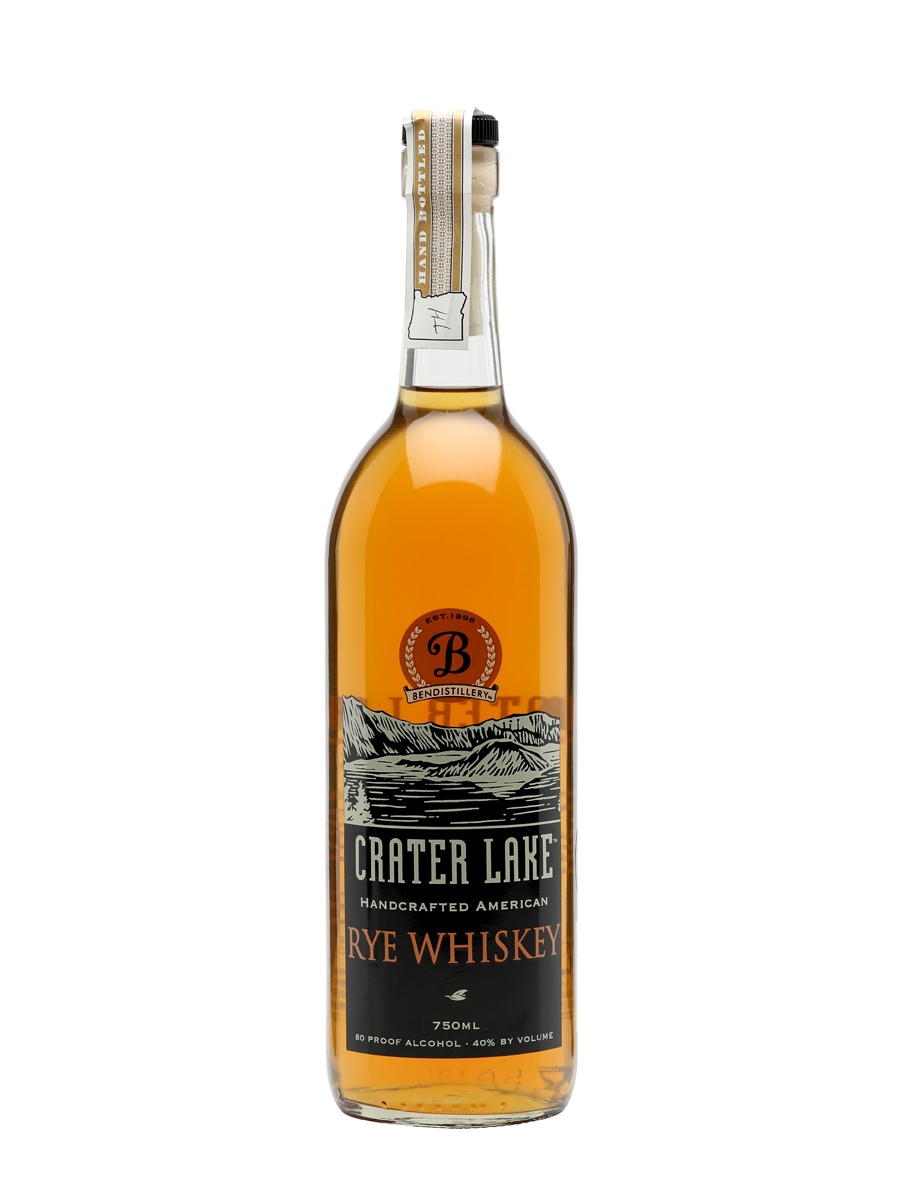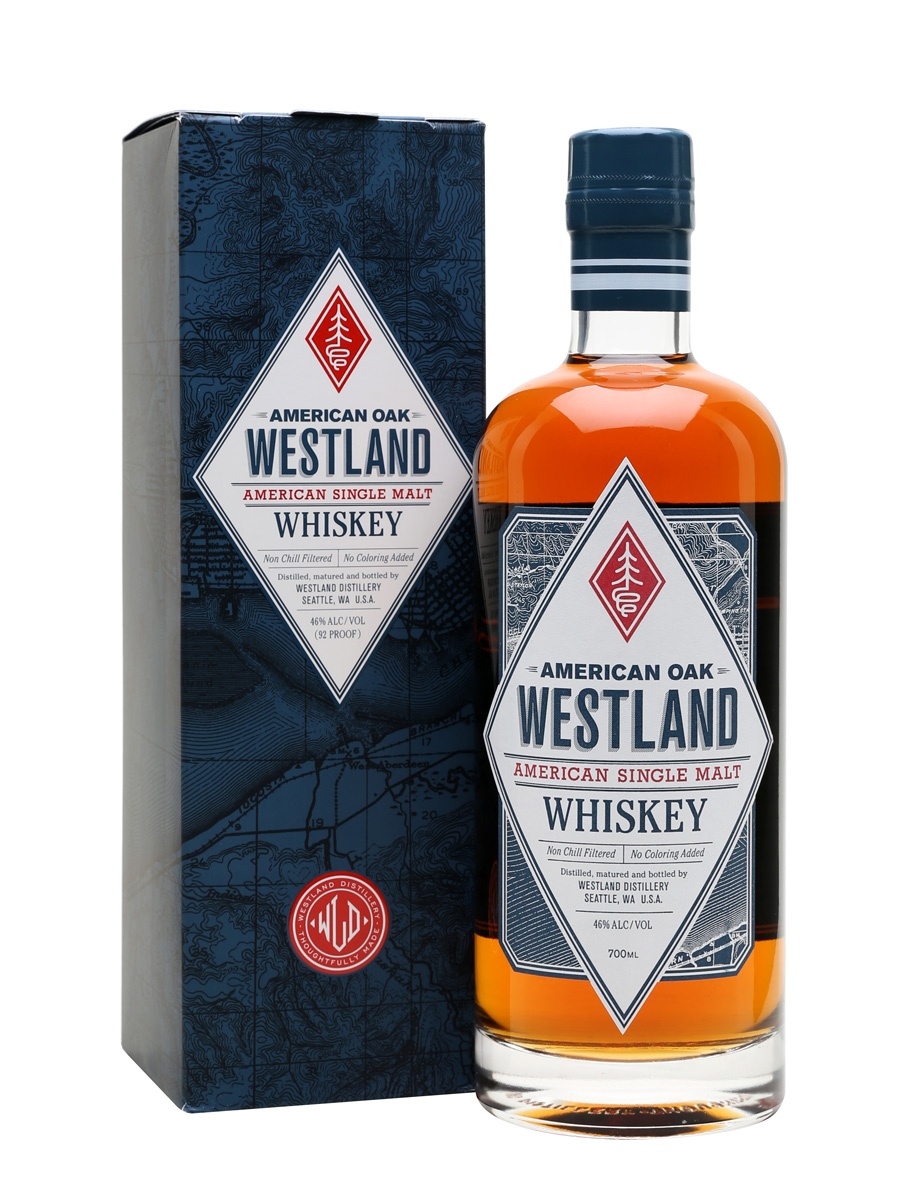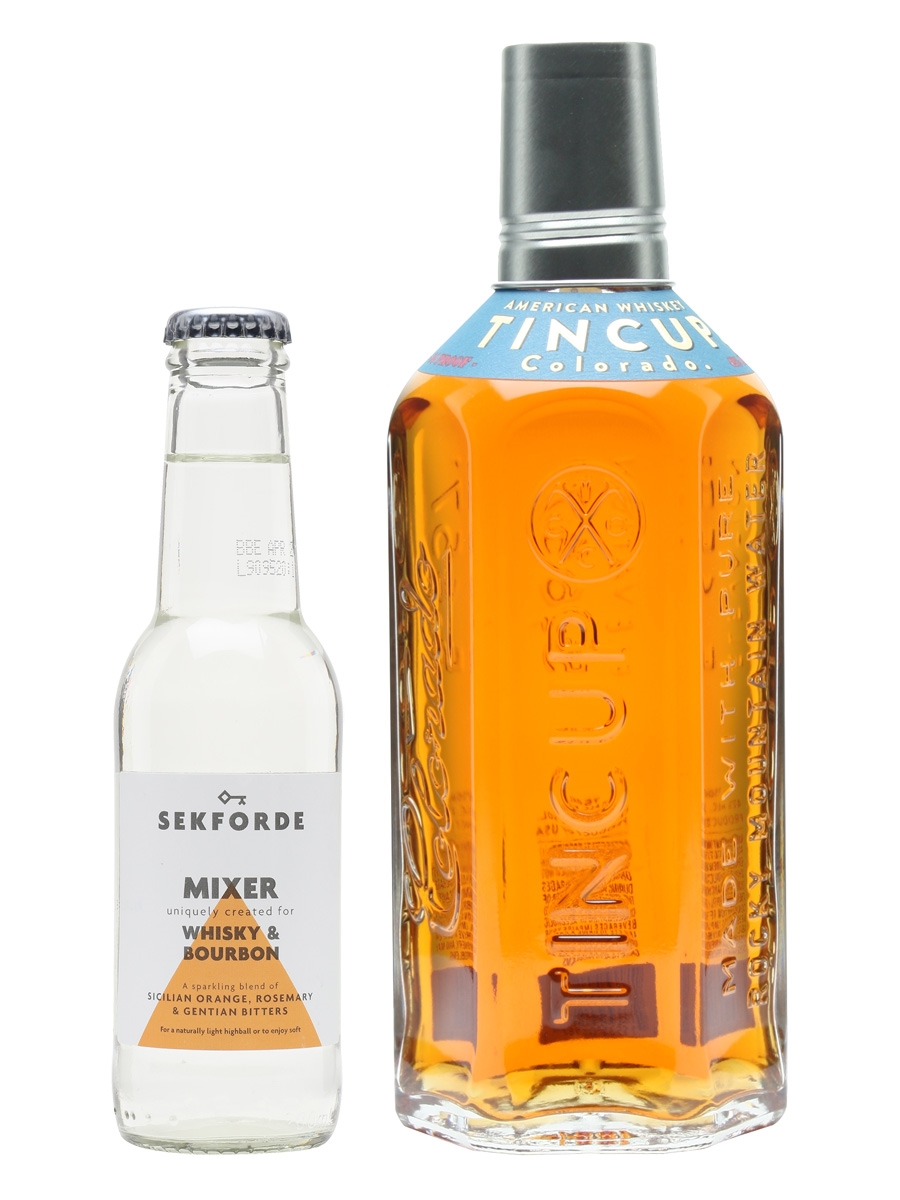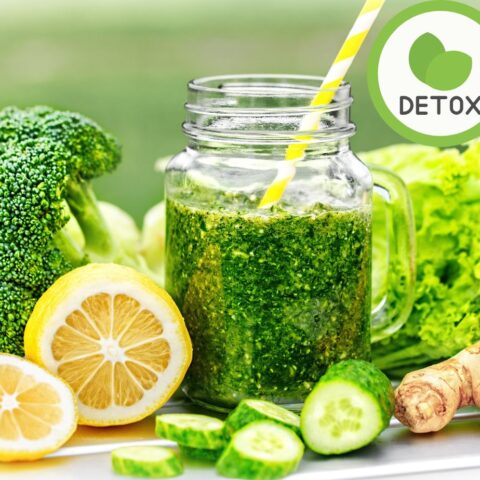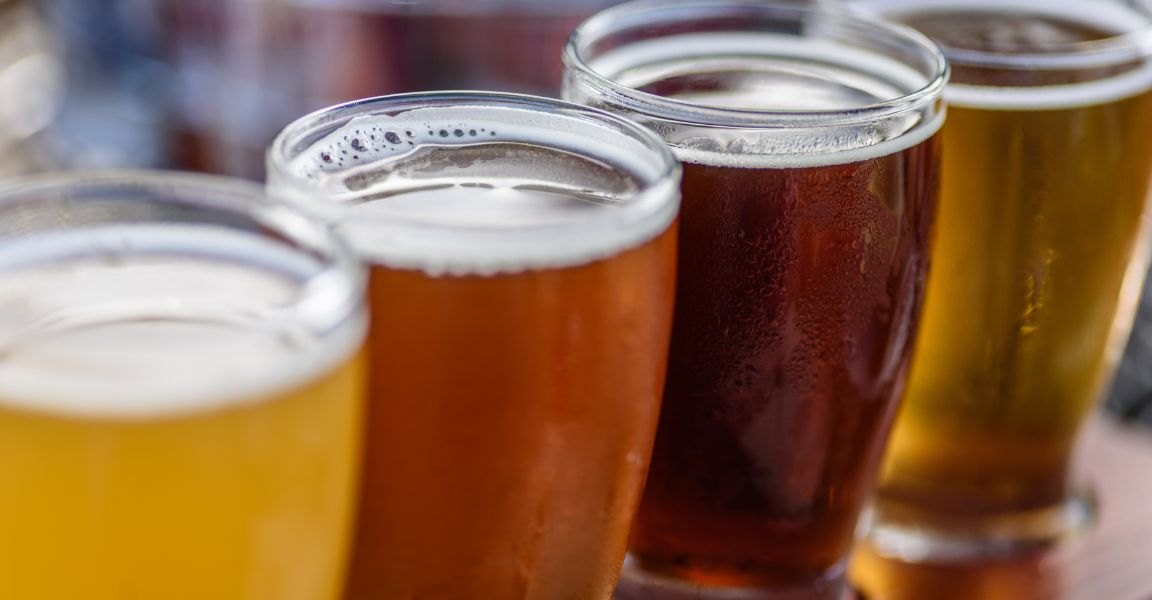Hudson’s Manhattan Rye is a long-overdue revival of a rye-making tradition that was deeply-embedded on America’s east coast before the advent of Prohibition. As with the Tuthilltown distillery’s other products, Manhattan Rye has been double-distilled and aged in small casks.
Hudson Manhattan Rye Review:
Hudson’s Manhattan Rye Color: gold.
Hudson’s Manhattan Rye Nose: full of vanilla bean, burnt caramel, spicy rye and sweet citrus rind.
Hudson’s Manhattan Rye Taste: a very potent combination of rye and citrus.
Hudson’s Manhattan Rye Finish: not overly long, but very warming.
Overall: an excellent rye that covers a lot of the typical rye notes, with a great balance of flavor.
Rating: very good.
What makes Manhattan Rye so good is its balance of flavors. It is potent and smells strongly of vanilla, burnt caramel and rye; all of the expected notes for rye. It has a strong citrus kick that is also part of the rye experience, and overall is a very enjoyable, compelling rye that can perhaps be enjoyed neat or with a drop of water. (Xanax) I wouldn’t suggest putting ice in it, as the citrus flavors would be masked.
The Tuthilltown distillery has done a fantastic job with Manhattan Rye. Rye was a premium spirit at one point, but the popularity of bourbon and the rise of the cocktail has caused the big distilleries to turn away from rye, so it is fantastic to see a small distillery produce a rye that can compete with any of the top bourbons.
Hudson Manhattan Rye: Best Rye
I tasted this rye against both the Sazerac Rye and the Barton “Old” Overholt Rye. Of the three, I would have to select the Manhattan rye as the best of the bunch.
The Manhattan Rye is more substantial and less sweet than the Sazerac Rye (the Sazerac is more of a lighter, better-flavored bourbon, while the Manhattan Rye is a stout, rye-dominated creation that is more full-bodied than the Sazerac). Similarly, the Barton Overholt Rye compared well, but couldn’t quite keep up with the Manhattan Rye. It is an excellent rye, but the Manhattan Rye has a few more tricks up its sleeve.
It is a strong, flavorful rye that repays experimentation with water or ice, and is worth seeking out.
Best Rye
I tasted this rye against both the Sazerac Rye and the Barton “Old” Overholt Rye. Of the three, I would have to select the Manhattan rye as the best of the bunch.
The Manhattan Rye is more substantial and less sweet than the Sazerac Rye (the Sazerac is more of a lighter, better-flavored bourbon, while the Manhattan Rye is a stout, rye-dominated creation that is more full-bodied than the Sazerac). Similarly, the Barton Overholt Rye compared well, but couldn’t quite keep up with the Manhattan Rye. It is an excellent rye, but the Manhattan Rye has a few more tricks up its sleeve.
It is a strong, flavorful rye that repays experimentation with water or ice, and is worth seeking out.
I tasted this rye against both the Sazerac Rye and the Barton “Old” Overholt Rye. Of the three, I would have to select the Manhattan rye as the best of the bunch.
The Manhattan Rye is more substantial and less sweet than the Sazerac Rye (the Sazerac is more of a lighter, better-flavored bourbon, while the Manhattan Rye is a stout, rye-dominated creation that is more full-bodied than the Sazerac). Similarly, the Barton Overholt Rye compared well, but couldn’t quite keep up with the Manhattan Rye. It is an excellent rye, but the Manhattan Rye has a few more tricks up its sleeve.
It is a strong, flavorful rye that repays experimentation with water or ice, and is worth seeking out.
About the Manhattan Rye:
Manhattan Rye was launched in New York City in October 2006, and won the silver medal for Best Organic Whiskey in the 2007 San Francisco World Spirits Competition.
The mash bill is 100% malted rye, and it is double distilled and aged in new, charred oak barrels.
This rye, in essence, is back from the dead, as Tuthilltown discovered the process for making rye distilled farr the way it was from the 1860s to the early 20th century.
Tuthilltown had to create this process from almost nothing, as few people knew how formula rye was produced.


